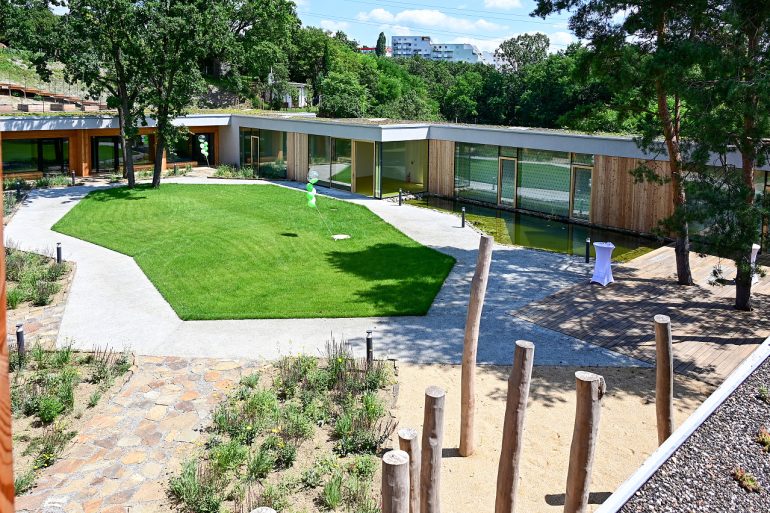Last week, after two years of construction work, the children’s hospice being built on municipally-owned land on Kocianka was handed over to the operators by the City of Brno. The facility, which will provide care for children and adolescents with incurable diseases, will be operated by the Julia’s House non-profit organisation. It will open its doors to its first clients in August.
Palliative care is given to terminally ill children and young people from the very moment of diagnosis, and is therefore calculated in years, rather than days or months, which is a significant difference from palliative care for adults. Effective palliative care requires a broad multidisciplinary approach, combining comprehensive medical, therapeutic, social, psychotherapeutic and spiritual help, that includes the child’s family and other institutional and outreach services.
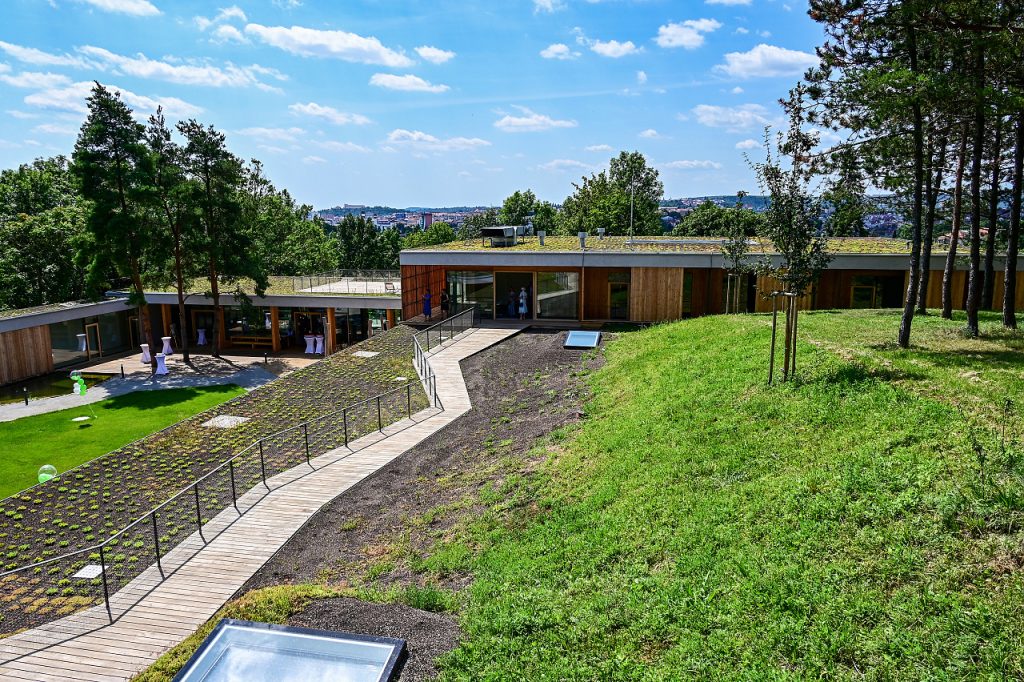
The Julia’s House non-profit is a pioneer in the provision of such services in the Czech Republic, providing palliative and home care to families in the South Moravian region since 2020, as well as counselling for parents, siblings and relatives of sick children. The new residential facility thus represents a significant expansion in assistance for children with incurable conditions in the Czech Republic. The hospice will offer respite care, allowing parents to rest and regain strength.
“Today marks two years since the symbolic knocking of the foundation stone of the building,” said the mayor of Brno, Markéta Vaňková, on Thursday. “I feel enormous pride that everything worked out and today Julia’s House is ready to fulfil its purpose.”
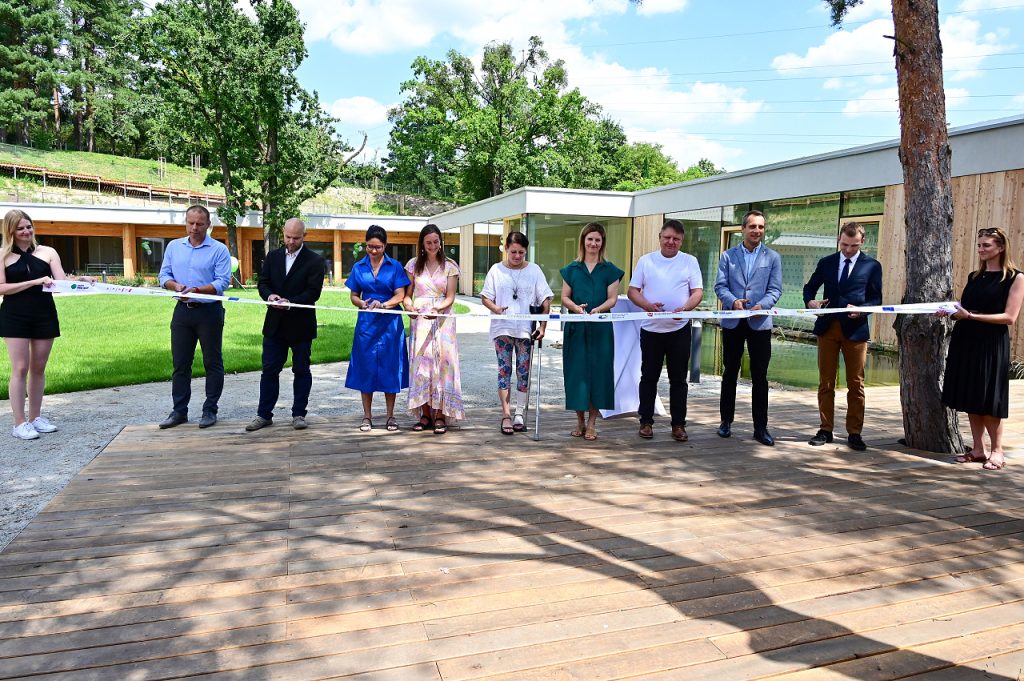
According to Vaňková, the city was originally to provide only a plot of land in the area of the garden of the Kociánka home for the elderly, but subsequently became an investor in the entire building. The project was greatly accelerated by the provision of project documentation to the city by a non-profit organisation. The administration of the building has now been handed over to the Julia’s House organisation, with the help of a loan agreement which will last for at least 15 years.
“Currently, we are gradually equipping the interior spaces, which have an area of approximately 3,000 m²,” said Radka Vernerová, director of Julia’s House. “It is a lot of furniture, special equipment and other equipment to start the operation. In August, we will start accommodation relief services in four rooms, then we will increase the capacity. We are preparing a palliative medicine clinic and unique hospice stays for the possibility of experiencing the final phase of the child’s illness.”
Vernerová hailed the successful cooperation with the City of Brno and other supporters, especially donors. As Czech legislation does not currently recognize children’s hospices, healthcare services for the children at the facility are funded primarily from financial donations from the public.
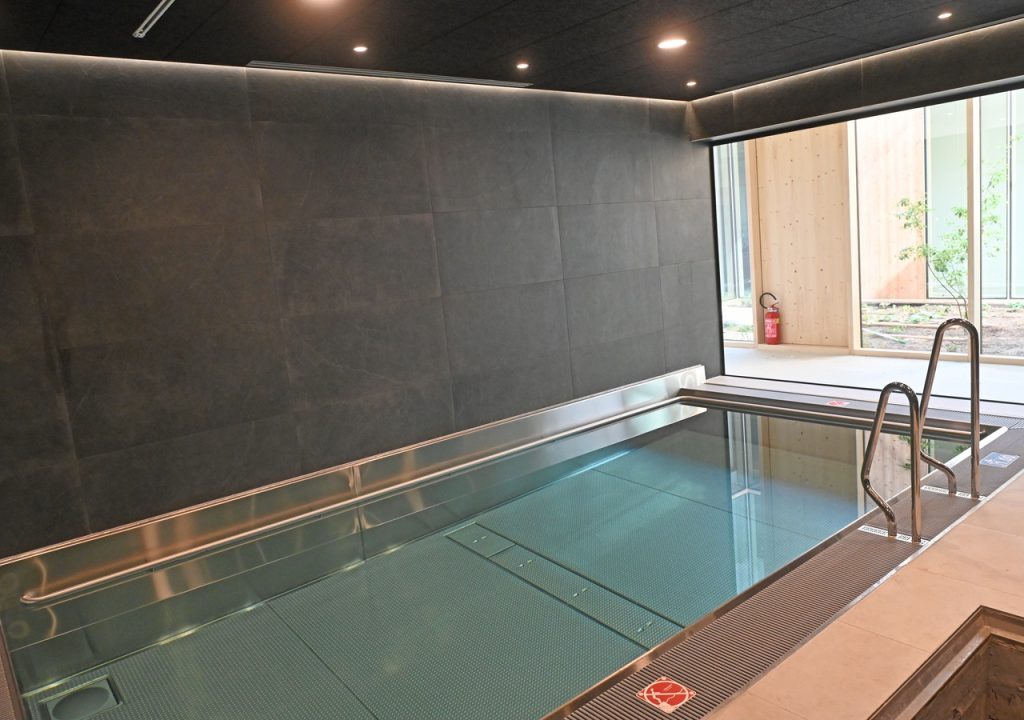
The construction of the three-story building, located in the surrounding environment of the park on Kociánka, took over 20 months. According to 1st Deputy Mayor René Černý, the total cost of the hospice reached CZK 184.5 million without VAT, of which CZK 86 million came from the European Union’s Integrated Regional Operational Program, through the ITI integrated investment tool. The remaining amount was paid from the city budget.
The architectural design of the hospice had to combine the high demands of a medical facility, facilities for parents, space for spending leisure time, therapy rooms, and the administrative facilities of the organisation itself.
The goal was for Julia’s House to become a natural and integral part of its surroundings. The facility is therefore set sensitively into the terrain with orientation around a central atrium, with original, preserved mature trees. Common spaces and individual children’s rooms open into the atrium. The rooms for parents on the third floor have access to a walkable green roof, which connects seamlessly to the surrounding park.
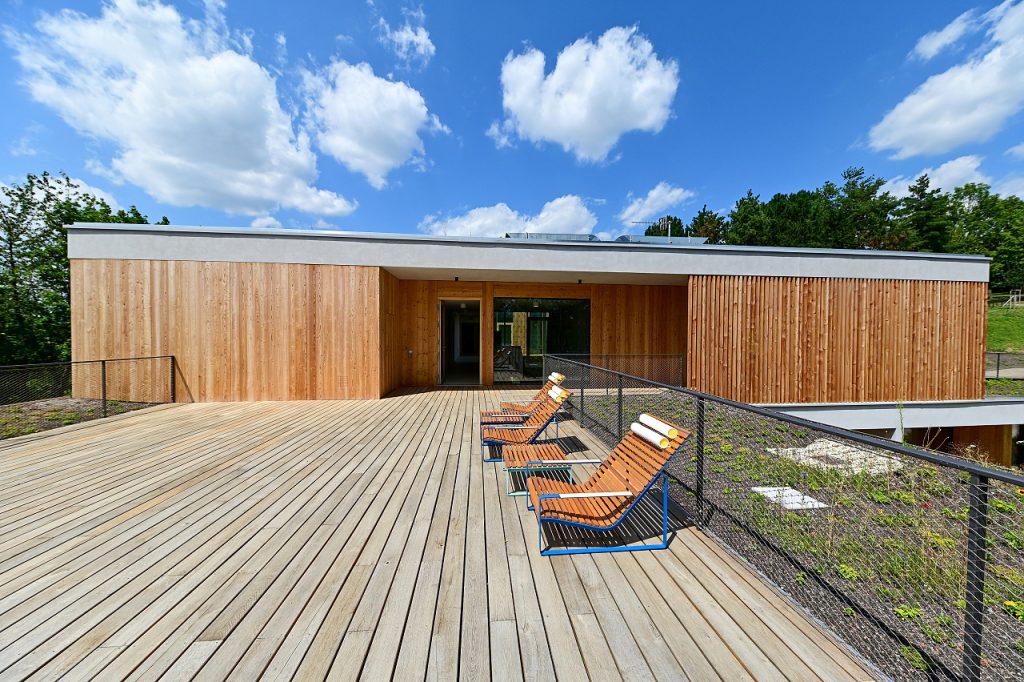
“In addition to the obvious requirements that the hospice must meet, whether it is barrier-free or medical specifics, it was important for us to bring inner peace, serenity and humility to the design of the home,” said architect Tomáš Págo from the Čtyřstěn architectural studio. “The house should serve as a refuge, a place to experience the most difficult moments, and to find peace and come to terms with fate. A space for relief, mutual support and solitude when you need it most, but also as a place for moments of normal life and joyful encounters.”
“Even bad endings can be turned into good intentions,” said Petra Trnková, the mother of Julia, after whom the organisation is named. “As a mother, I am happy that my daughter’s legacy lives on.”



